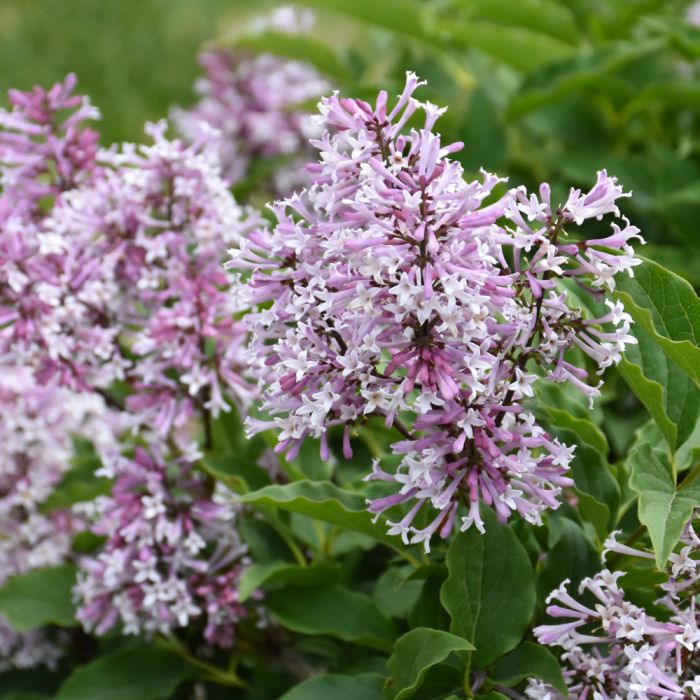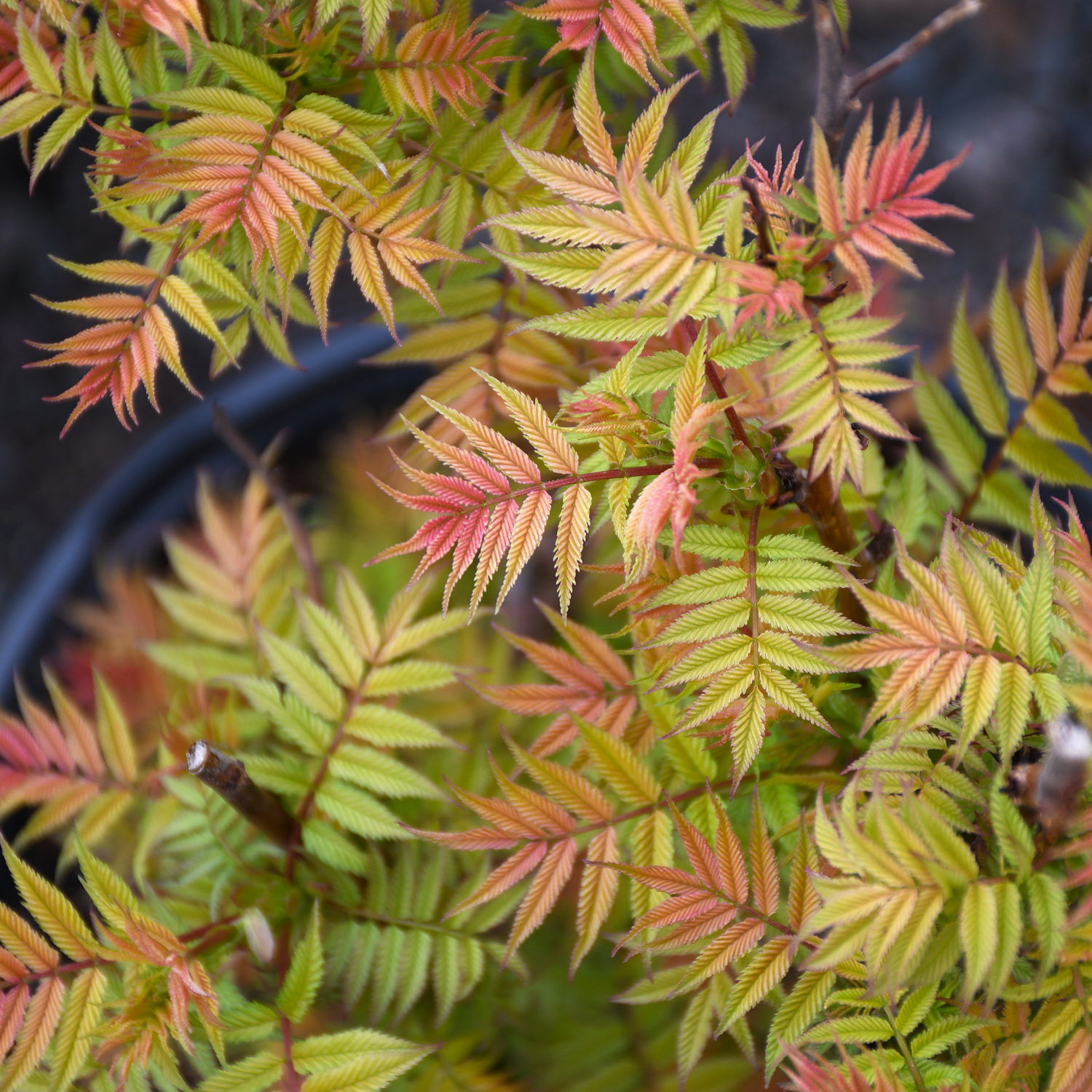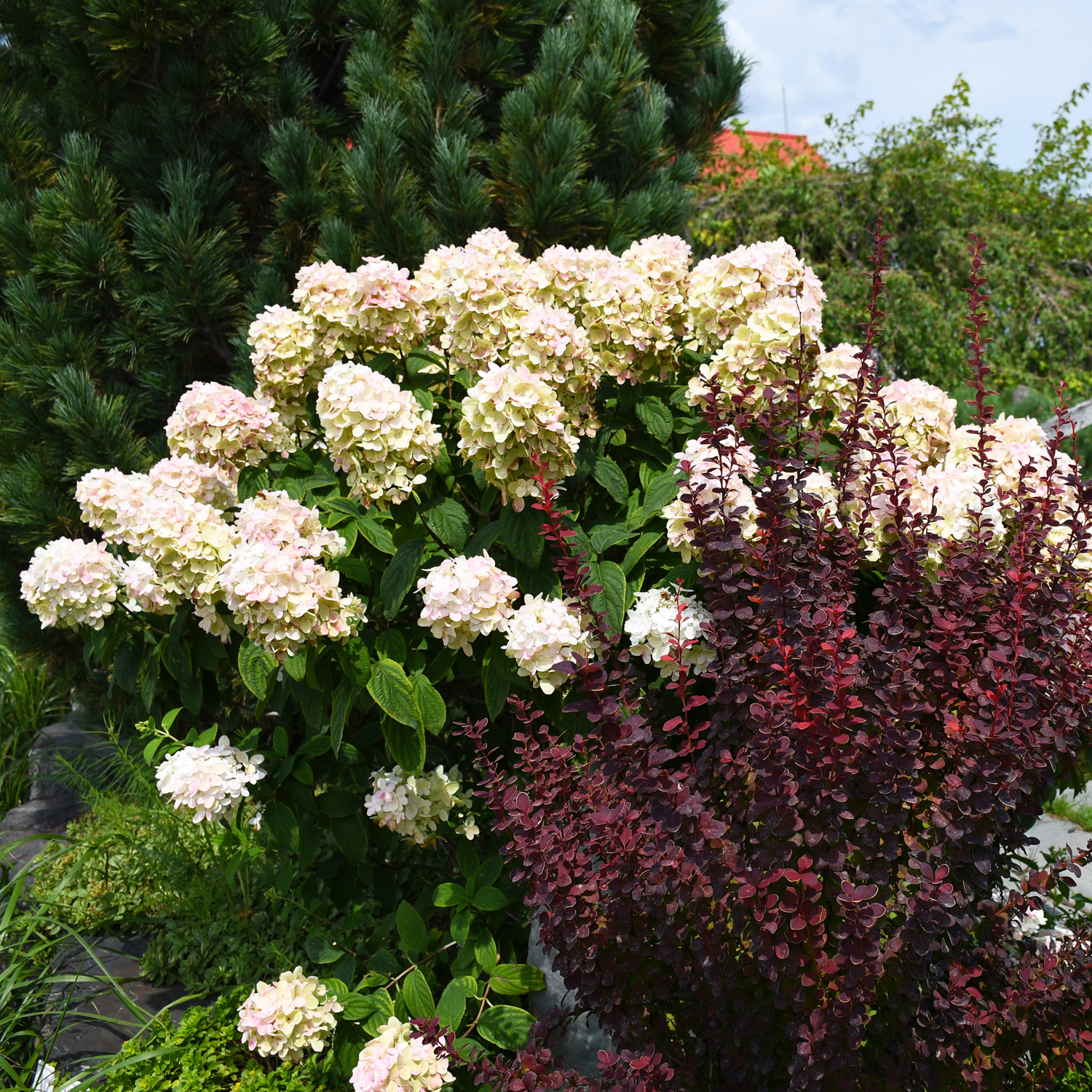Syringa, Lilac 'First Editions Little Lady®'



- Sun Preference
- Full-Sun
- Bloom Time
- Early Summer
Description
Little Lady® Lilac | Syringa 'Jeflady'
This compact, dwarf selection is noted for its large panicles of lilac-pink flowers emerging from dark pink buds; wonderfully fragrant; perfect for massing in a low hedge or as a garden border plant
Minnesota's Largest Selection of Shrubs
Elevate your landscaping with Gertens' unmatched variety of shrubs! Selecting the right shrubs for your backyard can enhance its beauty and functionality. Consider factors like sunlight, soil type, and mature size when choosing shrubs. For sunny areas, flowering shrubs like roses or hydrangeas can add color and charm. In shady spots, opt for shrubs like azaleas or hostas. Evergreen shrubs provide year-round interest and privacy, while deciduous shrubs offer seasonal color changes. At Gertens, we offer a wide selection of shrubs to suit every backyard need.
Details
Little Lady® Lilac is draped in stunning panicles of fragrant lilac purple flowers with pink overtones and white eyes at the ends of the branches in late spring, which emerge from distinctive hot pink flower buds. The flowers are excellent for cutting. It has dark green deciduous foliage. The small pointy leaves do not develop any appreciable fall color.
Little Lady® Lilac is a dense multi-stemmed deciduous shrub with a more or less rounded form. Its relatively fine texture sets it apart from other landscape plants with less refined foliage.
This is a relatively low maintenance shrub, and should only be pruned after flowering to avoid removing any of the current season's flowers. It is a good choice for attracting butterflies to your yard. It has no significant negative characteristics.
Little Lady® Lilac is recommended for the following landscape applications;
- Accent
- Mass Planting
- Hedges/Screening
- General Garden Use
Little Lady® Lilac will grow to be about 5 feet tall at maturity, with a spread of 5 feet. It tends to fill out right to the ground and therefore doesn't necessarily require facer plants in front, and is suitable for planting under power lines. It grows at a slow rate, and under ideal conditions can be expected to live for approximately 30 years.
This shrub should only be grown in full sunlight. It is very adaptable to both dry and moist locations, and should do just fine under average home landscape conditions. It is not particular as to soil type or pH. It is highly tolerant of urban pollution and will even thrive in inner city environments. This particular variety is an interspecific hybrid.
More Information
| Gerten Grown Plants | Gerten Grown Plants |
|---|---|
| Bloom Time | Early Summer |
| Sun Preference | Full-Sun |
| Mature Height (Range) | 2 - 5 feet |
| USDA Hardiness Zone | 3, 4, 5, 6, 7 |
| Common Family Name | Lilac |


